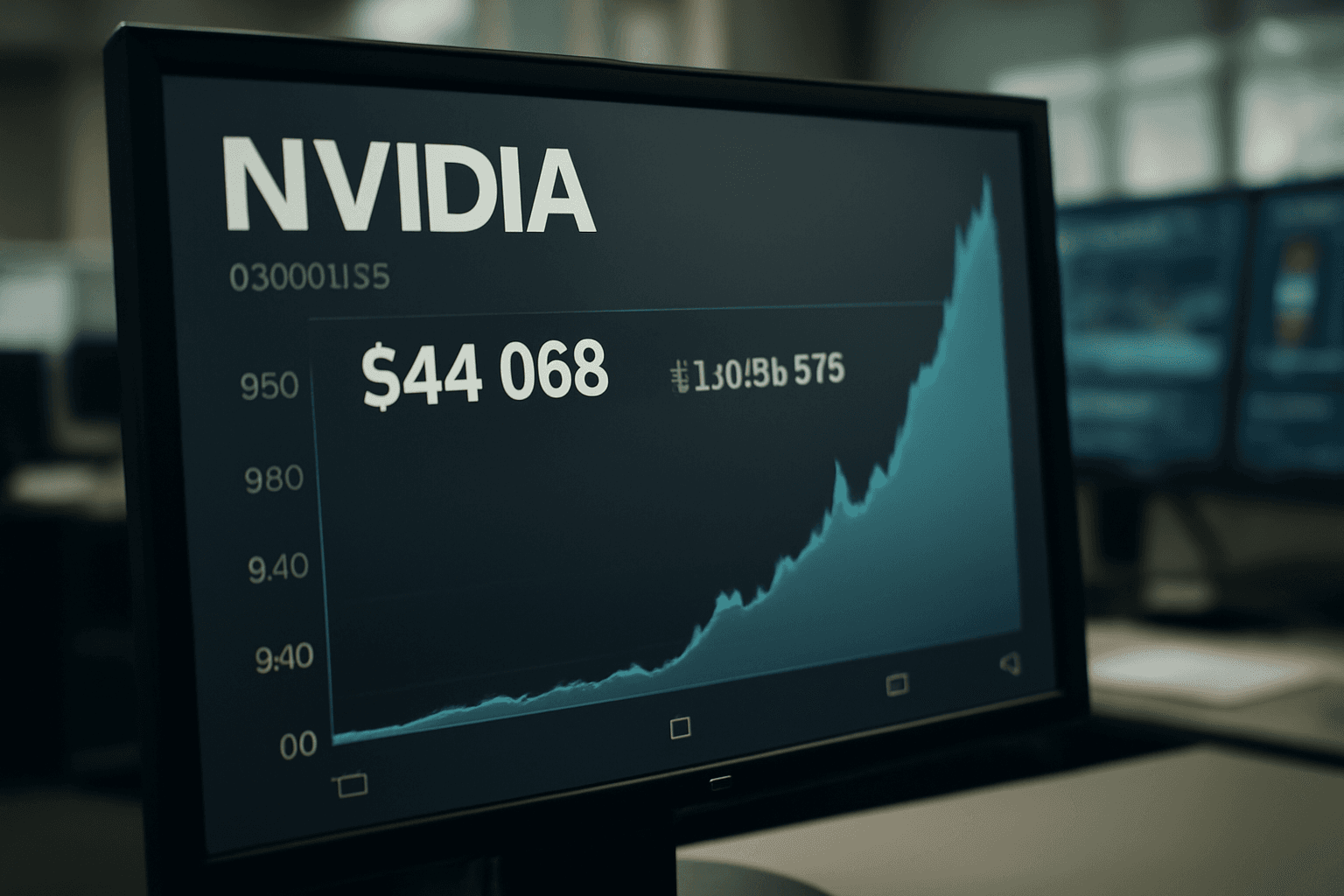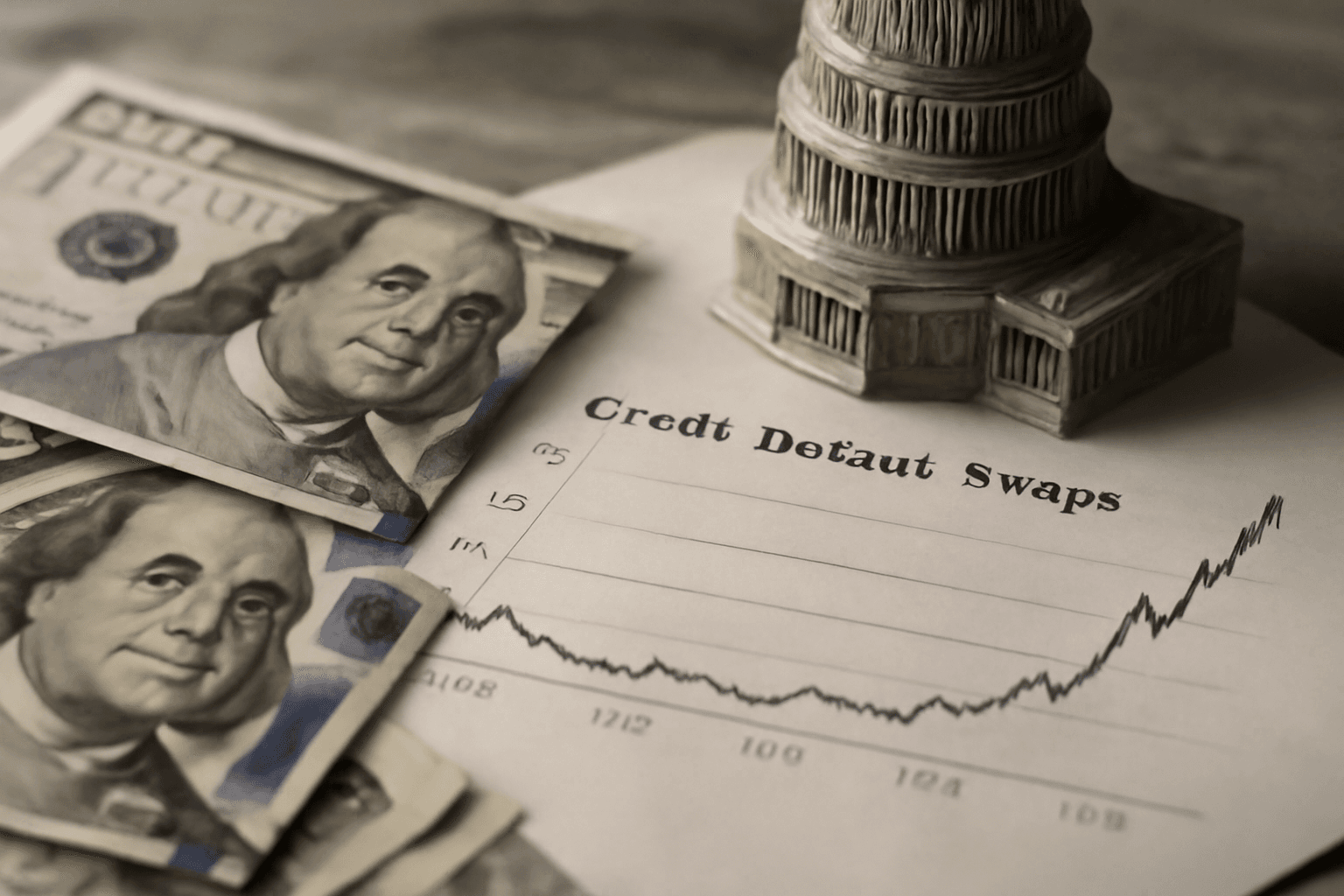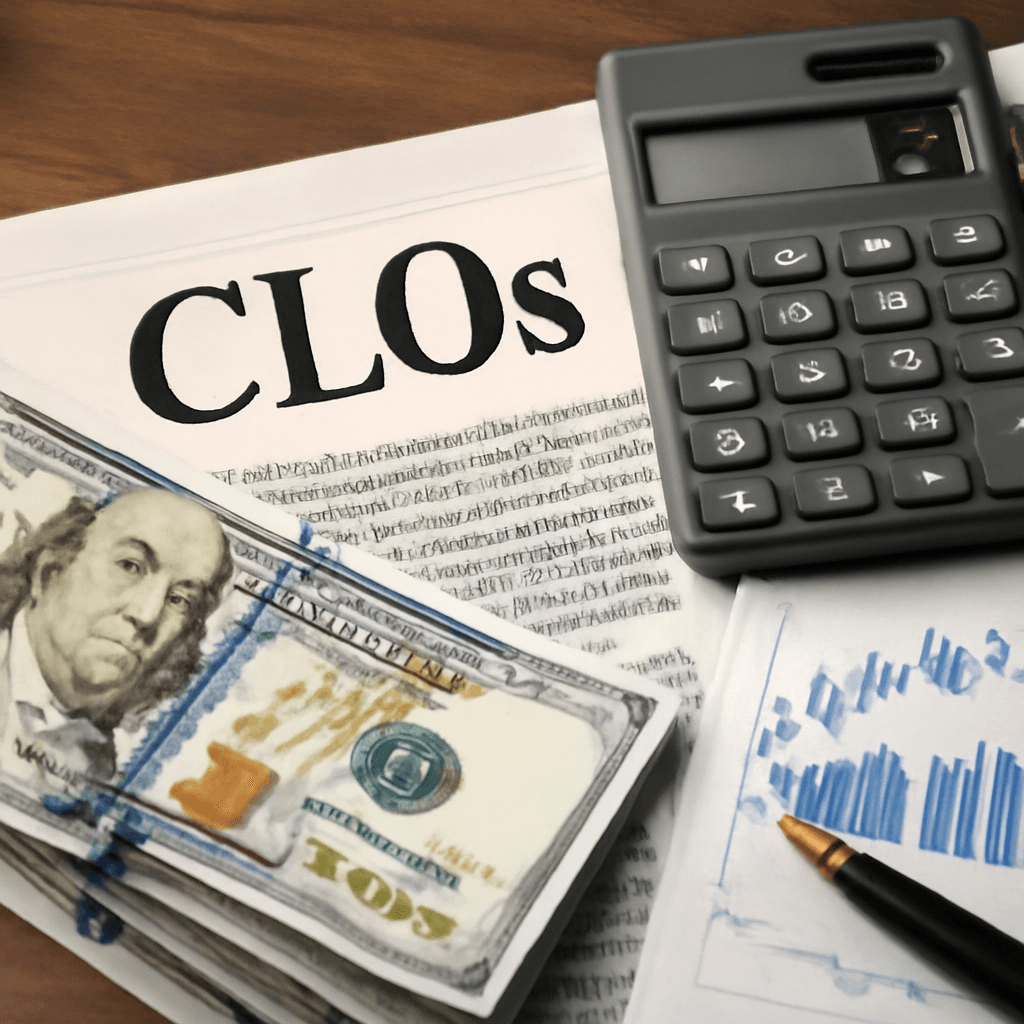Structured Notes: A Strategic Approach for Investors in 2025
With the S&P 500 showing marginal gains in 2025 and bonds experiencing significant price volatility, structured notes emerge as a compelling investment option. These hybrid financial instruments combine debt securities with derivatives and are linked to the performance of underlying assets such as stocks or indices. When used correctly, structured notes offer a balance of potential returns and downside mitigation, especially appealing for sophisticated investors seeking income with protection.
What Are Structured Notes?
Structured notes typically combine a debt component with embedded derivatives tied to an underlying asset like an index or a stock. These instruments come in various types, some designed to generate steady income, while others offer principal protection or buffers against losses. Investors generally hold these notes until maturity to fully benefit from their features.
Due to their complexity, structured notes are generally suited for high-net-worth and sophisticated investors who can evaluate their specific characteristics and risks effectively.
Step-Down Trigger Autocallable Notes as Diversifiers
Among the structured notes gaining attention are step-down trigger autocallable notes (SD-TANs). These notes are designed to act as portfolio diversifiers, complementing traditional stock and bond holdings. Key features of SD-TANs include:
- Low correlation with other asset classes, adding diversification benefits.
- Attractive historical returns, often outperforming bonds on an after-tax basis.
- Low probability of losses, due to defined triggers tied to underlying asset performance.
An example SD-TAN linked to the S&P 500 and Euro Stoxx 50 indices may have a five-year maturity with an annual autocall return of 8.5%. If, after 12 months, both indices are above their initial respective levels, the note is called, delivering the principal plus the 8.5% return. If held longer, returns can increase accordingly.
Further downside protection comes from a 25% step-down trigger: if either index declines less than 25% by maturity, the principal plus the annualized return is preserved. However, if the decline surpasses 25%, the investor’s return reflects the principal reduced by the worst-performing index's loss.
Tax Advantages
SD-TANs offer notable tax benefits, especially when held in taxable accounts:
- Returns are typically treated as long-term capital gains rather than ordinary income.
- This treatment subjects gains to a maximum tax rate of 20%, or 23.8% including the net investment income tax, which is lower than the top ordinary income rate that can reach approximately 40.8%.
This tax efficiency can enhance after-tax returns compared to traditional bond interest income.
Considerations and Risks
Investors must be aware of several crucial factors when considering structured notes:
- Complexity: These instruments require a clear understanding of their mechanics and risks.
- Liquidity constraints: Secondary markets are often limited, so investors should plan to hold notes until maturity.
- Cash flow timing: Unlike bonds that pay semiannual interest, SD-TANs typically pay returns only upon autocall or maturity, usually within 12 to 15 months.
- Risk tolerance: Investors should evaluate issuer credit risk and underlying asset volatility carefully.
Consulting financial professionals is advisable to ensure structured notes align with individual investment goals, risk tolerance, and liquidity requirements.
Conclusion
Structured notes, particularly step-down trigger autocallable notes, provide a strategic way to achieve tax-advantaged returns while offering downside protection. They can serve as effective portfolio diversifiers amid uncertain market conditions, especially for investors willing to accept complexity and liquidity constraints. Proper evaluation and professional guidance remain key for leveraging these instruments successfully.











